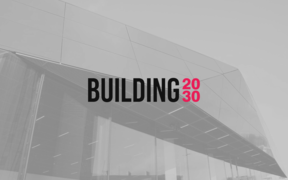Performance in building design and construction

Industrial research impact
The AEC sector (architecture, engineering and construction) has a key role in the economies of both developing and developed countries. Major advances in processes and products have been achieved through modularisation, industrialised and lean construction, internet of things, big data and the virtual design of products and works. Increased awareness of indoor air problems and fire safety has also placed an emphasis on the healthiness and safety of buildings for end users.
The design and construction industry must change to exploit new opportunities and respond to challenges. To support this transformation, our group works to integrate the fields of design and construction in our research.
In building design, the basis of our work is formed by structural analysis, computational engineering and experimental methods, with an emphasis on connections to architecture.
Research into building performance is aimed at developing solutions for the design, construction and maintenance of energy-efficient, sustainable, healthy, and comfortable buildings.
In the research related to information and operations management in construction, enhancing modularity in construction is an objective when focusing on processes, organisations and technologies. To make the mission achievable in practice also the people aspect needs to be considered.
By proactively driving process change, the group will be able to define the skills required to achieve the transformation and develop the teaching of the department to educate game changers - next generation engineers who will implement the transformation.
Building 2030
The Building 2030 project envisions, researches and promotes a better future of construction.

Latest publications
Multiple discrete crack initiation and propagation in Material Point Method
A quanta-independent approach for the assessment of strategies to reduce the risk of airborne infection
Influence of detailed in-depth radiation modeling on the computational predictions of liquid pool burning rates
Unraveling the surface heat flux heterogeneity in cone calorimetry of cylindrical charring material : Insights from experiments and 2D modeling
Risks of climate change effects on renewable energy resources and the effects of their utilisation on the environment
Task planning and control in construction : revealing workers as early and late planners
Finnish energy renovation subsidies in multifamily apartment buildings : Lessons learnt and best practices
Toxicity Screening of Fungal Extracts and Metabolites, Xenobiotic Chemicals, and Indoor Dusts with In Vitro and Ex Vivo Bioassay Methods
Comprehensive Workflow for Documenting Corporate Commuting Emissions : A University Case Study with Two Alternative Approaches
Analyzing the gas temperature of a hydrogen jet fire in a compartment with the Fire Dynamics Simulator
Research group members




- Published:
- Updated: